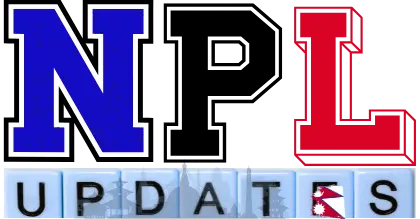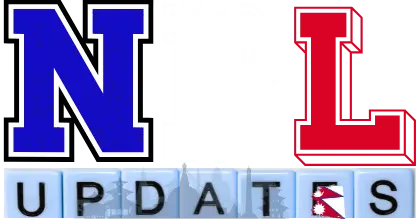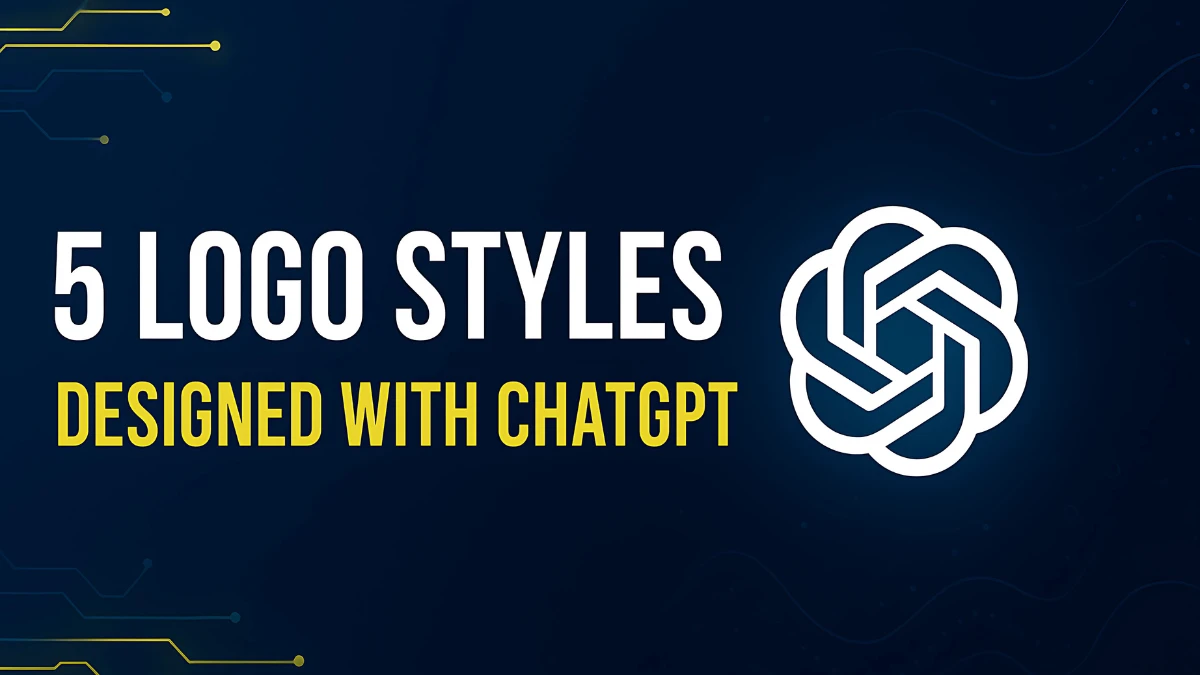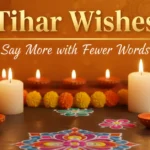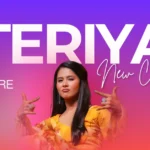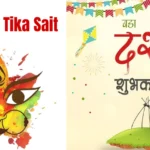A logo is like the face of your business. It’s the first thing people see, and it helps them remember your brand. Good logos build trust and make your business look professional.
Creating logos used to be expensive and time-consuming. But now, AI tools like ChatGPT can help you brainstorm creative logo ideas in minutes. You don’t need to be a designer to get started.
In this article, we’ll explore 5 logo styles designed with ChatGPT: Wordmark, Lettermark, Iconic/Symbol, Combination, and Emblem logos. Each style works differently and suits different types of businesses.
5 Logo Styles Designed with ChatGPT
Wordmark Logos (Text-Based)
What are Wordmark Logos?
Wordmark logos use only the brand name with special typography. No symbols or icons – just creative text styling. The font, spacing, and colors make the brand name stand out.
Best Examples: Google, Coca-Cola, Netflix, and FedEx all use wordmark logos.
ChatGPT Prompt to Generate This Logo:
"Create a modern wordmark logo for a tech startup called 'TechNova.' Use clean, minimalist sans-serif typography with generous letter spacing. Make the text bold and contemporary, with a slight futuristic feel. Suggest color options that convey innovation and trust. The logo should work well in both horizontal and stacked arrangements."Output:
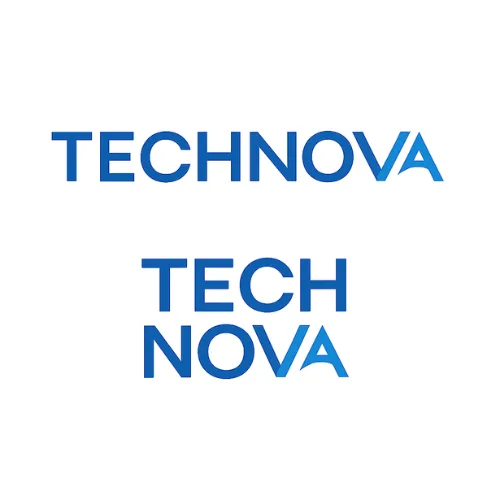
Lettermark Logos (Initials-Based)
What are Lettermark Logos?
Lettermark logos use only the first letters of your brand name. This works great for companies with long names or when you want something simple and memorable.
Best Examples: IBM, CNN, HP, and NASA are famous lettermark examples.
ChatGPT Prompt to Generate This Logo:
"Design an elegant lettermark logo using the initials 'SR' for a personal brand consultant. Create a sophisticated monogram where the letters connect or overlap artistically. Use a premium, professional style with clean lines. Suggest both modern and classic variations. Include color recommendations that convey expertise and trustworthiness. The design should work as a small favicon and large header."Output:
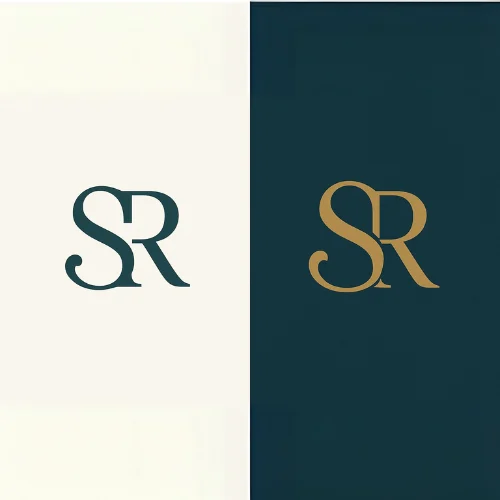
Iconic/Symbol Logos
What are Iconic/Symbol Logos?
These logos use pictures or symbols to represent your brand. Sometimes they include text, but the symbol is the main focus. The symbol should connect to what your business does.
Best Examples: Apple (apple symbol), Twitter (bird), Nike (swoosh), and McDonald’s (golden arches).
ChatGPT Prompt to Generate This Logo:
"Design a symbolic logo of a mountain and sun for an outdoor adventure brand called 'PeakQuest.' Focus on a clean, memorable icon that can be used on app icons, merchandise, and website headers. Provide variations in style from minimalistic to detailed. Include color palettes that evoke adventure, energy, and nature."Output:
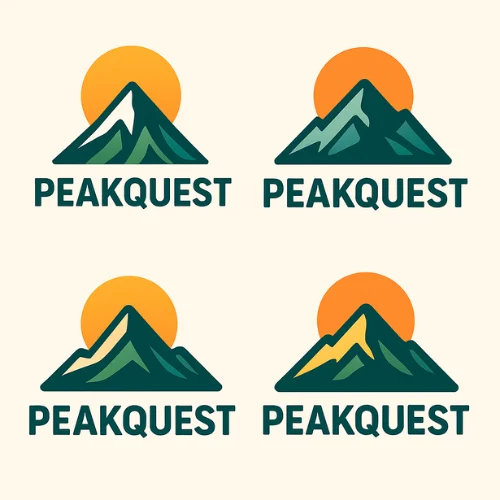
Combination Logos (Text + Icon)
What are Combination Logos?
Combination logos mix text with symbols. You get the best of both worlds – people can read your brand name and remember the symbol. This is the most popular logo type.
Best Examples: Adidas, Starbucks, Burger King, and Puma use combination logos.
ChatGPT Prompt to Generate This Logo:
"Generate a combination logo for a coffee shop named 'Bean & Brew,' integrating a coffee cup icon with modern typography. Provide layouts with the icon above, beside, and incorporated into the text. Suggest color schemes that convey warmth, freshness, and professionalism. Include options suitable for signage, packaging, and social media."Output:
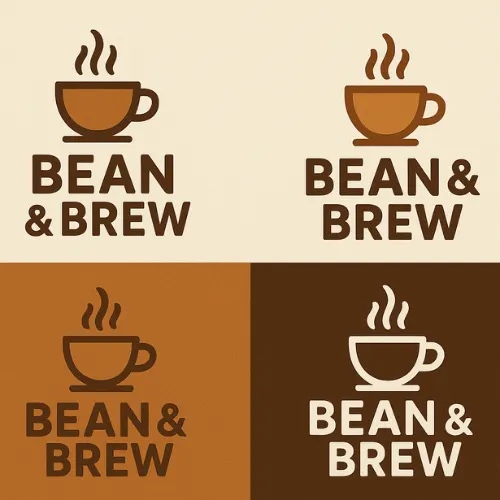
Emblem Logos (Badge Style)
What are Emblem Logos?
Emblem logos put text and symbols inside a shape, like a badge or seal. They look official and traditional. Many sports teams, schools, and government organizations use emblems.
Best Examples: Starbucks, Harley-Davidson, BMW, and Harvard University use emblem logos.
ChatGPT Prompt to Generate This Logo:
"Design an emblem logo for a bakery called 'Sweet Crumbs,' featuring a circular badge with wheat and cupcake illustrations. Include vintage-style typography and decorative borders. Provide variations for modern and classic designs. Suggest color palettes that convey warmth, tradition, and premium quality."Output:
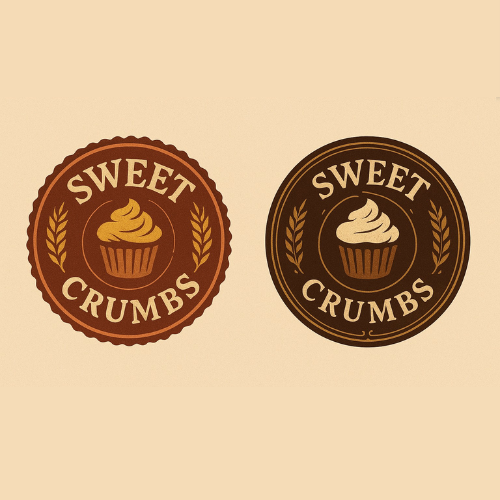
Bonus Tips for Effective ChatGPT Logo Prompts
Be Specific About Your Business:
- Mention your industry (restaurant, tech, fitness)
- Describe your target audience (young professionals, families, teenagers)
- Share your brand personality (fun, serious, luxury, affordable)
Include Style Preferences:
- Colors you like or want to avoid
- Mood you want to create (energetic, calm, trustworthy)
- Typography style (modern, classic, handwritten)
- Overall feel (minimalist, detailed, playful)
Use ChatGPT with Image Tools: ChatGPT gives you ideas and descriptions. Use AI image generators like DALL-E, Midjourney, or Stable Diffusion to create actual visuals from these ideas.
Try Multiple Variations: Don’t stop at the first idea. Ask ChatGPT for 3-5 different concepts. Then pick the best elements from each to create your final design.
Conclusion
ChatGPT is an excellent tool for brainstorming logo ideas. It helps you explore different styles and gives you creative prompts to work with. Remember, ChatGPT provides inspiration and concepts – not finished logos.
Start experimenting with these prompts today. Try different combinations and see what works for your brand. Once you have a concept you love, use design tools like Canva, Figma, or Adobe Illustrator to create the final version.
The key is to start simple and keep refining your ideas. With practice, you’ll create logos that perfectly represent your brand and connect with your audience.
Also Read:
FAQs
Wordmark vs Lettermark – what’s the difference?
Wordmarks use the full brand name; lettermarks use only initials.
Can ChatGPT make a logo on its own?
It provides ideas and prompts, but you need design tools for the final visual.
Which logo type is best for startups?
Depends on your brand: wordmark, lettermark, iconic, combination, or emblem can all work.
How to write effective ChatGPT logo prompts?
Be specific about your business, style, colors, typography, and logo type.
Can one logo work on all platforms?
Yes, make sure it’s scalable and clear in small and large sizes.
